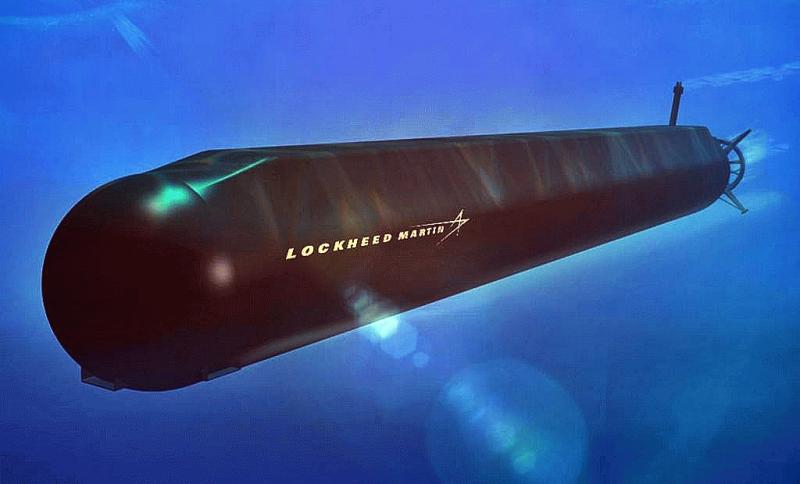Arthur J. Villasanta – Fourth Estate Contributor
Washington DC, United States (4E) – The U.S. Navy has awarded Lockheed Martin a $43.2 million design phase contract for the development of “Orca,” an Extra Large Unmanned Undersea Vehicle (XLUUV) that can both detect and kill Russian and Chinese submarines.
Orca is being designed to support multiple critical Navy missions. Lockheed Martin said its Orca is a long-range autonomous system with the payload capability to perform a variety of missions.
These missions include intelligence, surveillance and reconnaissance (ISR); mine countermeasures; indication and warning notification and anti-submarine warfare (ASW). Orca can also be used for long-endurance surveillance and to deliver other payloads such as torpedoes from its reconfigurable payload bay.
Once built, Orca will be the Navy’s largest unmanned underwater vehicle (UUV). Its key capabilities include extended vehicle range, autonomy and persistence.
During missions, Orca will transit to an area of operation; loiter with the ability to periodically establish communications; deploy payloads and transit home. A critical benefit of Orca is that Navy personnel launch, recover, operate, and communicate with the vehicle from a home base and are never placed in harm’s way.
“With each new undersea vehicle that Lockheed Martin designs, we bring to bear the state-of-the-art in technology, and innovative system integration of those technologies, to increase the range, reach, and effectiveness of undersea forces and their missions,” said Frank Drennan, Lockheed’s director for business development of submersibles and autonomous systems.
Lockheed Martin is the latest defense contractor awarded a contract to develop an XLUUV.
Last June, the Navy awarded a contract to Huntington Ingalls and Boeing to continue work on their own XLUUV concept. Future XLUUvs will be far larger than the largest UUV now being developed by Boeing — the Echo Voyager — which is 17 meters long.
Echo Voyager, a 50 ton UUV, was recently tested in the Pacific Ocean off California. This UUV can carry different kinds of payload modules. This capability allows Echo Voyager to accomplish different types of combat missions like launching anti-ship missiles; laying undersea mines or collecting data.
Article – All Rights Reserved.
Provided by FeedSyndicate





















